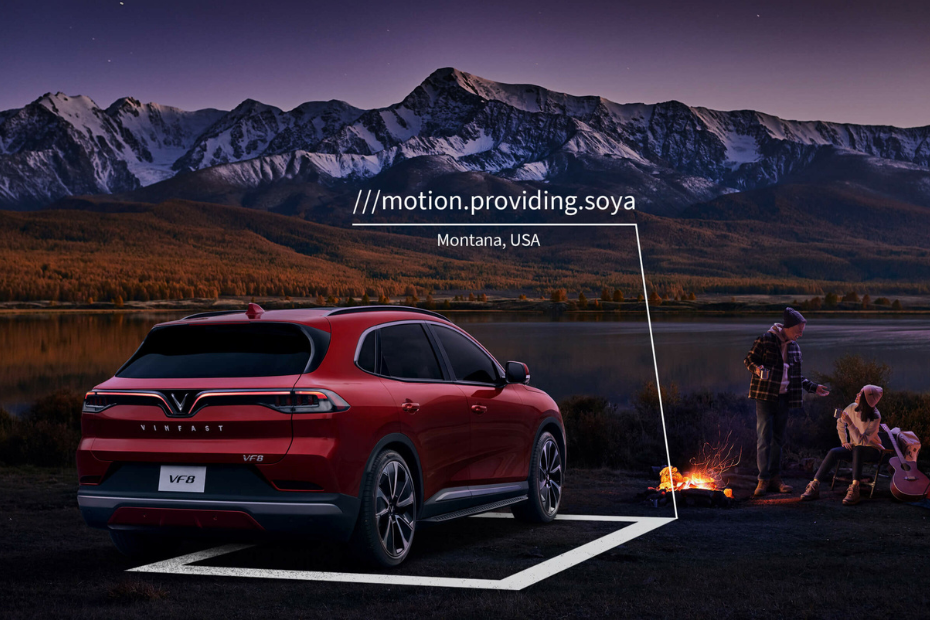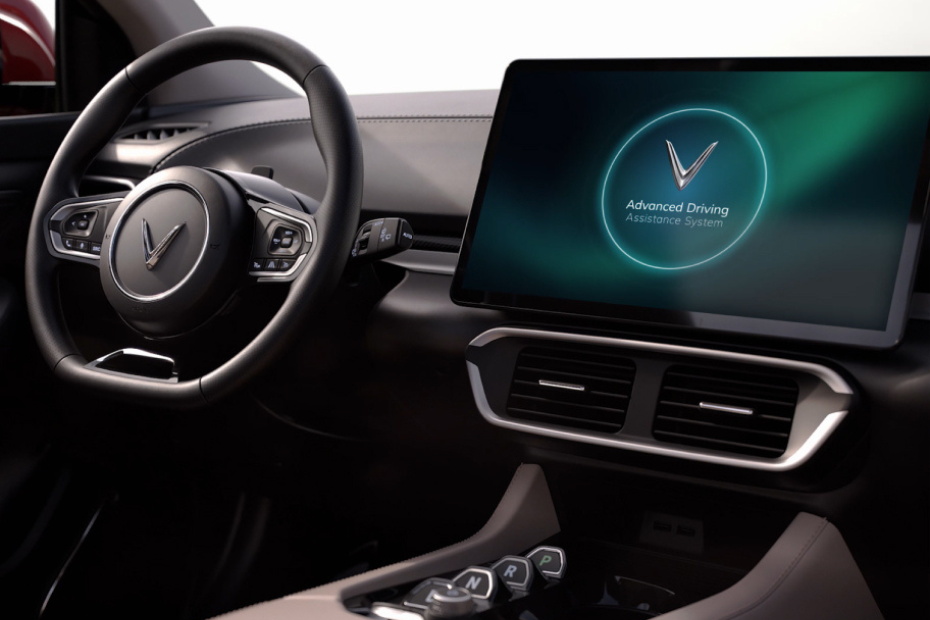VinFast Is First All-Electric Carmaker To Integrate What3words
VinFast has announced the integration of innovative global addressing technology what3words into its full lineup of electric vehicles (EVs). Testament to their market leading approach to innovation, VinFast is the first all-electric carmaker to integrate what3words into their systems. what3words is a simple and effective location technology that can identify any location around the globe and is capable of operating in offline conditions. The system divides the planet into a grid of 10ft x 10ft (3m x 3m) squares and labels each square with a unique combination of three random words—known as a what3words address. Users need only open the what3words app to find their current location on the map and the data processing system will automatically convert those coordinates into 3 words in their mother tongue that are easy to pronounce and memorize. With what3words geolocation technology, users can drive with peace of mind knowing exactly where they are going—whether it is a charging station, a pop-up coffee shop or the ideal sightseeing point for a picnic. what3words addresses are now being added to contact pages, e-commerce checkouts, travel guides and booking confirmations around the world, which saves costs, delivers operational efficiency, and provides a better customer experience for…







